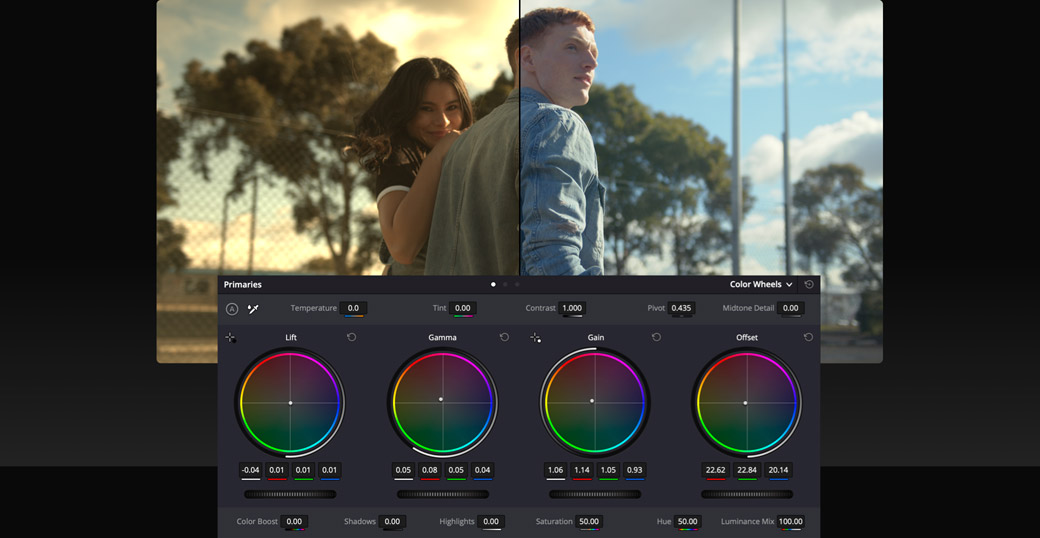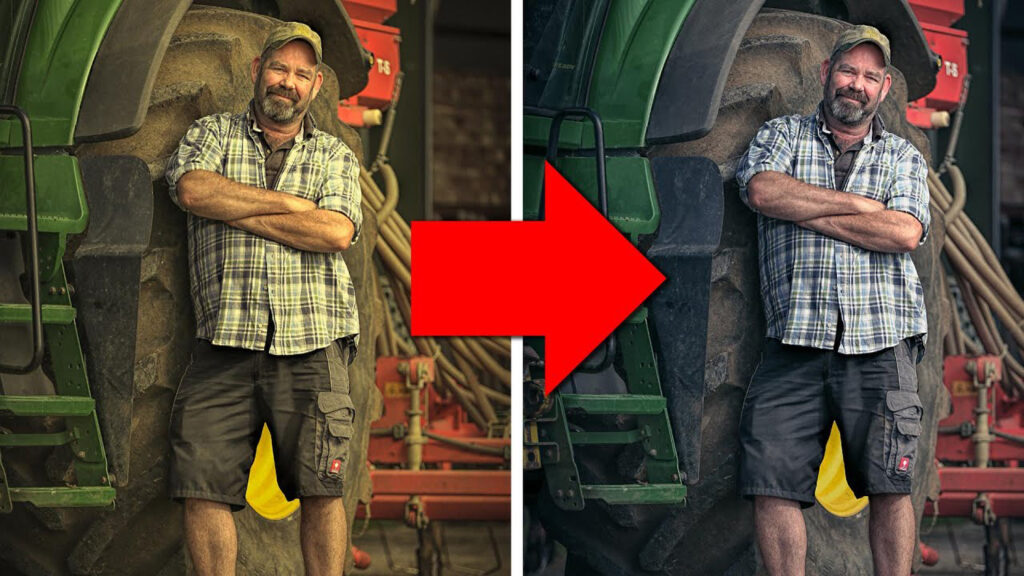When it comes to creating visually appealing and professional images, color correction is a vital part of the process. But getting it right can be tricky if you don’t know what to look for or how to go about making changes. This guide will provide an in-depth overview of all aspects of color correction and show you how easy it can be to get great results every time. We’ll cover topics such as why it’s important, key concepts, tools available, and tips for success when undertaking this crucial step in photo editing. With our help, you’ll know necessary to make any image shine with perfect colors!
Understanding the Basics of Color Correction

Color correction is the process of adjusting the color balance in an image. It can be used to adjust for inaccuracies or mistakes in lighting, camera exposure, and white balance. Understanding the basics of color correction is essential for any photographer looking to produce professional results. When it comes to correcting colors, several different tools can be used depending on which software you’re using.
Generally speaking though, they all work with a few basic principles: manipulating levels and curves; using hue/saturation controls; and utilizing color wheels or matrices. These tools allow one to make adjustments to highlight or shadow areas of an image as well as selectively alter individual hues within an image by shifting them around on a wheel matrix.
It’s important when working with these tools that you understand how each adjustment affects your overall picture—especially when making subtle changes—so experimenting is key! Additionally, if you want a more advanced approach then learning about luminance masks may also prove beneficial. Luminance masks essentially divide your photo into tonal ranges so that specific parts of the photograph can be adjusted without affecting others too much.
Using Grading Tools and Techniques to Achieve Desired Results

When it comes to color correction, achieving the desired results requires precision and skill. Grading tools and techniques can help you fine-tune your images for perfect color balance, saturation, and contrast. With a powerful suite of tools at your disposal, you can adjust hue levels with pinpoint accuracy or perform full-scale corrections in a single click.
By adjustments such as curve adjustments or masks, you can make targeted changes that will bring out the best in each shot while maintaining overall consistency across an entire project. Whether it’s enhancing shadows or adjusting certain hues within an image – these are all achievable with ease when you have access to the right features. Advanced techniques like secondary corrections also allow more creative control over specific elements within a scene; making subtle changes that may otherwise not be possible without specialized software.
By focusing on smaller details first before tackling larger tasks, you’ll find yourself better equipped to achieve even greater results with every adjustment made along the way. Ultimately, by utilizing grading tools and techniques properly – there is no limit to what one can create from their footage! With patience and practice combined with knowledge of industry trends, anyone has the potential to take their projects from good to great!
Analyzing Your Footage for Imperfections and Unwanted Tones

When it comes to color correction, analyzing your footage for imperfections and unwanted tones is a crucial step. Whether you’re looking to correct hues in the shadows or adjust contrast throughout the entire image, examining each frame can be time-consuming and tedious. To ensure that every detail is accounted for, scrutinize your footage at high magnification levels and use tools such as color charts or calibration discs.
This will help you identify any subtle nuances or errors which may have been overlooked by simply glancing over the material. Once all of these factors have been taken into consideration, proceed with adjusting the highlights, mids, shadows – whatever needs to be done to make sure that everything looks perfect!
Conclusion

Color Correction is an essential tool for any photographer or videographer. It allows you to achieve the desired colors in your photos and videos, as well as provide a more polished look overall. The key to getting it right lies in understanding the fundamentals of color correction and applying them properly. With the help of this guide, anyone can get familiar with Color Correction and start achieving professional results quickly.







